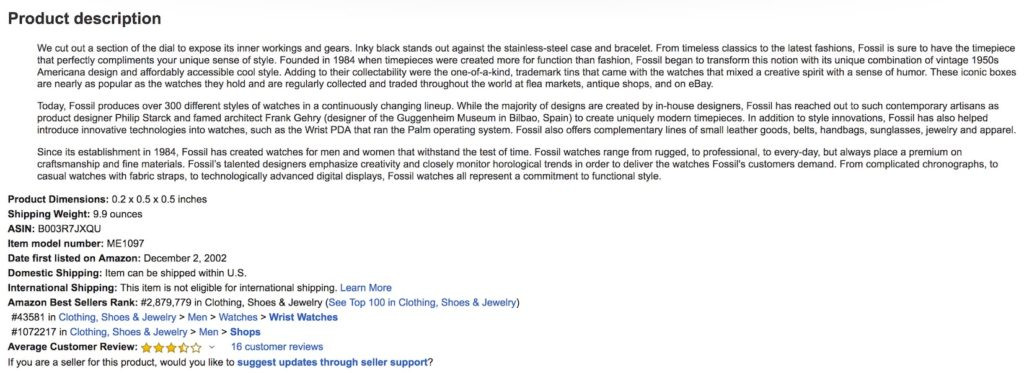Fashion Watches occupy a unique space in the horological world. They promise style and trendiness, often at an accessible price point. But beneath the surface appeal, what are you really getting? The story of a Fossil ME1097 “Twist” watch brought in for repair reveals a lot about the nature of these timepieces. This particular watch, purchased around 2010/2011, arrived in a sorry state after a repair attempt gone wrong, highlighting a common issue: a lack of understanding and care even at service points.
Department stores are often the domain of fashion watches. Brands are slapped onto cheaply manufactured pieces, marketed at prices that don’t necessarily reflect the cost or quality of materials. Fossil is a prime example, widely available and often positioned as a stylish and affordable option. While some might find a temporary appeal in these watches, it’s crucial to understand what’s driving their design and marketing.
The Fossil Twist ME1097, dating back to around 2002, embodies this concept perfectly. Fossil, like many fashion watch brands, doesn’t maintain detailed archives of past models, making specific information scarce. However, a similar model, the ME1099, is still listed on their website, showcasing the enduring design philosophy.
Online retailers like Amazon also list these models, but often with inaccuracies in descriptions, highlighting a general lack of detailed information and potentially misleading marketing. The product descriptions frequently use terms like “Chronograph,” which is demonstrably false. These watches, including the Twist, are not chronographs in the traditional sense of a stopwatch function. They feature sub-dials, but these typically indicate day, date, 24-hour time, and seconds – standard timekeeping features, not stopwatch capabilities.
The intrigue of the “Twist” line lies in its marketing as having a “Quartz Twist Movement.” Marketing materials emphasize a combination of “automatic look” with “quartz accuracy.” This suggests a hybrid movement, blending the visual appeal of a mechanical watch with the reliable timekeeping of quartz.
However, the reality is far from a true hybrid. The “twist” is more of a visual gimmick than a functional integration. Fossil’s “Webguy” confirmed that the “automatic part of the watch is just for looks.” The mechanical element is essentially a decorative module bolted onto a standard quartz movement. They are “combined” visually, but not functionally connected. The mechanical part powers a seconds hand purely for show, independent of the actual timekeeping mechanism.
The quartz movement itself is a reliable Japanese S. Epson Corp. VX3NE, powered by a standard SR920SW battery. Functionally sound and easily replaceable, this part is not the issue. The “twist” comes from attaching a Chinese-made mechanical decoration.
This decorative module is where further deception lies. It’s often marked as having “25 jewels.” Watch enthusiasts know that a standard three-hand mechanical movement usually has around 17 jewels. More jewels typically indicate additional complications. However, this decorative module, designed solely for visual effect, claims 25 jewels. In reality, a closer inspection reveals only about 6 visible jewels. The claim of 25 jewels is a fabrication, adding to the misleading nature of fashion watch marketing.
Fashion watches like the Fossil Twist ME1097 exemplify the compromises often made in the pursuit of style and affordability. While there’s nothing inherently wrong with wanting a fashionable accessory, it’s crucial for consumers to be aware of what they are truly buying. The “Twist” highlights a trend of prioritizing aesthetics and marketing over genuine horological substance and honest representation. Ultimately, understanding the mechanics behind the marketing helps make informed decisions when choosing a watch, ensuring that style doesn’t come at the expense of transparency and value.
